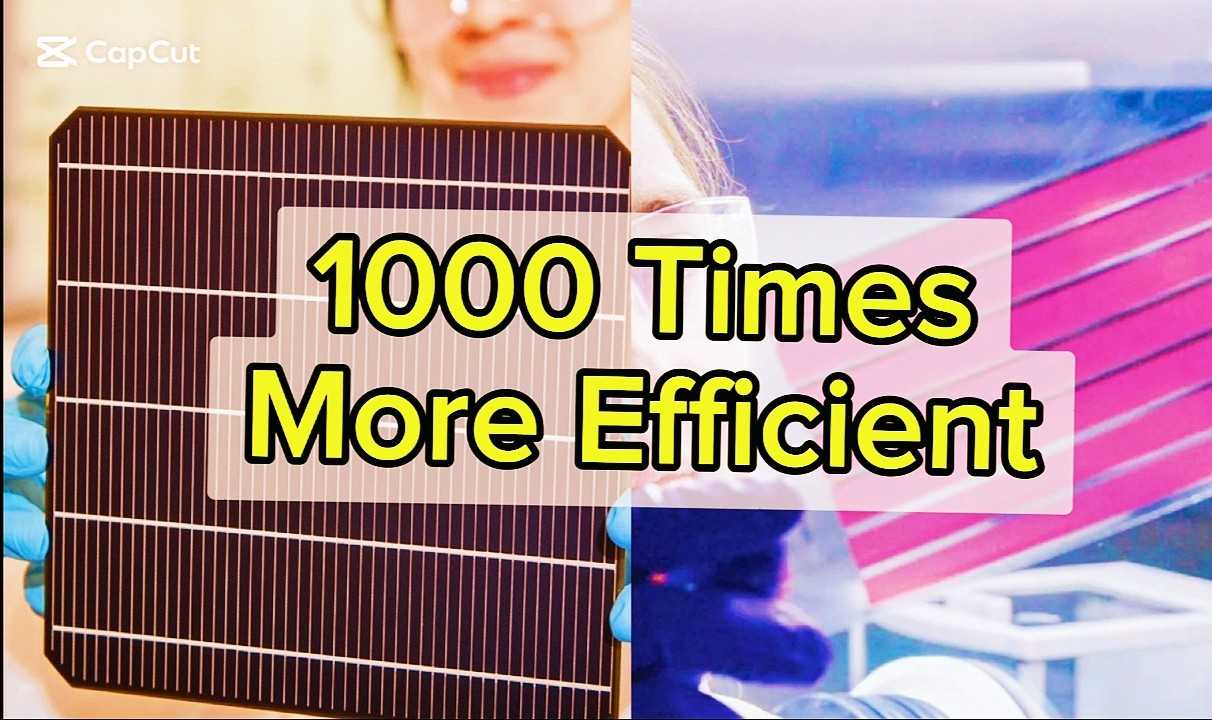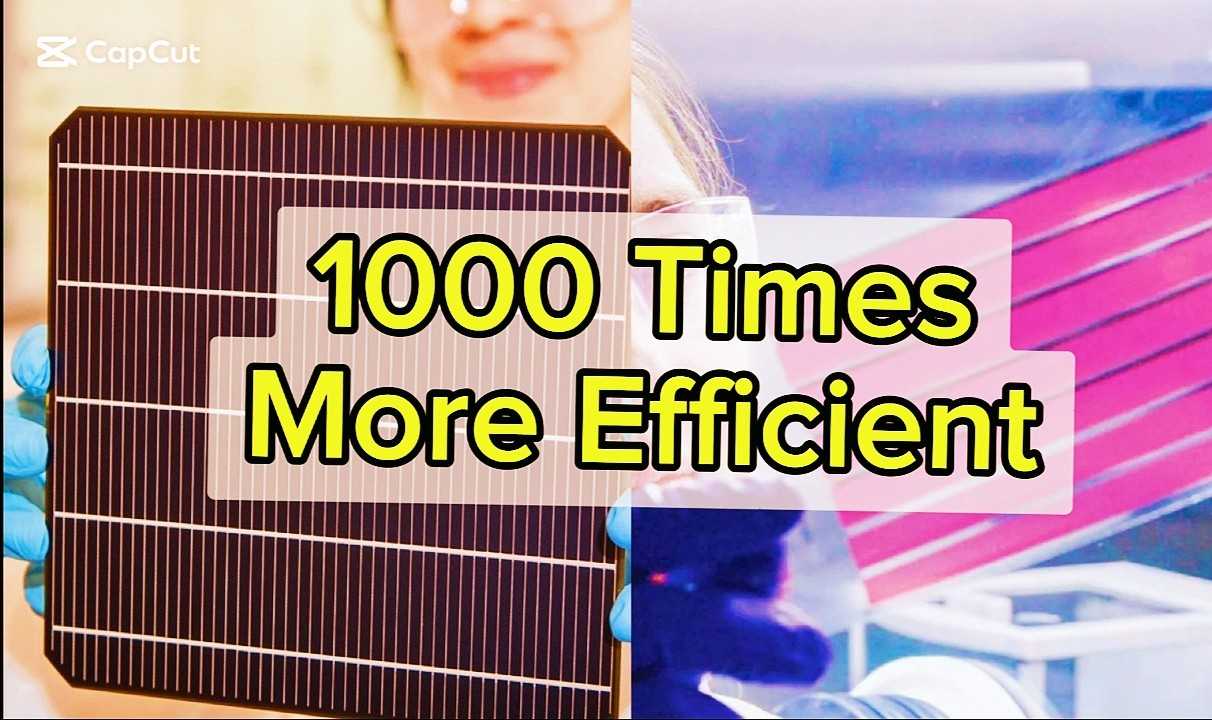
In the ever-evolving world of renewable energy, solar power has been a cornerstone of sustainable solutions for decades. Solar panels, based on photovoltaic (PV) technology, have powered homes, businesses, and even entire cities with clean, renewable energy. However, the future of solar energy might just be on the horizon, and it’s bringing something even more advanced: Photovoltaic ceramics. As innovation continues to shape our world, it’s time to say goodbye to traditional solar panels and welcome this new technology that promises greater efficiency, durability, and versatility.
The Rise of Solar Panels: A Brief History
Since the advent of solar panels in the mid-20th century, their use has been steadily growing. Photovoltaic cells, typically made from silicon, harness sunlight to generate electricity. While these panels have significantly improved over the years, they still face challenges like efficiency limits, bulky designs, and the environmental cost of producing and disposing of silicon-based panels. Today, solar panels can reach efficiencies of around 20-22%, but it’s still far from ideal. This is where photovoltaic ceramics come into play, offering a leap forward in solar technology that promises to revolutionize the renewable energy landscape.
Photovoltaic Ceramics: A Game-Changer for Solar Power
Photovoltaic ceramics are made from ceramic materials that incorporate advanced technologies capable of capturing sunlight and converting it into electricity. The potential of this technology goes beyond just improving efficiency; it also addresses many of the challenges that traditional solar panels have struggled with.
1. Higher Efficiency: Powering the Future
One of the most significant advantages of photovoltaic ceramics is their ability to surpass the efficiency of traditional solar panels. While current solar panels are limited to around 20-22% efficiency, photovoltaic ceramics can achieve efficiencies that are significantly higher. This is largely due to the unique properties of the materials used, which are better at capturing and converting a broader spectrum of light, including infrared wavelengths that traditional silicon-based panels can't utilize. By increasing efficiency, photovoltaic ceramics will allow for smaller, lighter systems that can produce more energy with fewer resources. This could mean a significant reduction in the number of panels needed to power homes and businesses, and lower costs for consumers.
2. Durability and Longevity
Another key benefit of photovoltaic ceramics is their exceptional durability. Ceramic materials are known for their strength and ability to withstand harsh environmental conditions. Unlike traditional solar panels, which are vulnerable to weather conditions like hail, high winds, and extreme temperatures, photovoltaic ceramics are much more resistant to damage. This makes them an ideal option for regions that experience severe weather patterns or extreme temperatures. In addition, photovoltaic ceramics have a longer lifespan than traditional panels. While solar panels typically last around 20-25 years, photovoltaic ceramics could potentially last 30 years or more, reducing the need for replacements and further lowering the cost of ownership.

3. Lightweight and Flexible: New Applications for Solar Power
Unlike bulky solar panels that require large, flat surfaces to be effective, photovoltaic ceramics are lighter and more flexible. This opens up exciting possibilities for solar energy applications in places where traditional panels aren’t feasible, such as on rooftops with limited space, curved surfaces, or even portable devices. The flexibility of ceramic materials means they can be integrated into a wide range of structures, including windows, walls, and even clothing. For instance, imagine your car's roof being coated with photovoltaic ceramics that charge as you drive, or clothing that collects solar energy to power small devices. The future is limitless with the flexibility of this new technology.
4. Eco-Friendly and Sustainable
While traditional solar panels have been lauded for their renewable energy benefits, the manufacturing process of silicon-based panels can be energy-intensive and involve hazardous materials. Photovoltaic ceramics, on the other hand, can be made from more abundant and sustainable materials, resulting in a smaller environmental footprint during production. Additionally, the longer lifespan and durability of these materials reduce waste over time. This makes photovoltaic ceramics not only a more efficient option for generating clean energy but also a more sustainable one for the planet.
The Road Ahead: A Bright Future for Photovoltaic Ceramics
The potential of photovoltaic ceramics is immense, and the race to develop this cutting-edge technology is well underway. Leading scientists and innovators are exploring new ways to improve these materials and integrate them into a wide array of products. As research and development progress, we are likely to see even more breakthroughs that push the limits of solar energy and its application. While it’s true that solar panels still play a significant role in the renewable energy sector today, photovoltaic ceramics represent the next step forward. Their higher efficiency, greater durability, flexibility, and sustainability are poised to make them the next big thing in solar power. As we say goodbye to traditional solar panels, the future of clean, renewable energy looks brighter than ever, with photovoltaic ceramics leading the way toward a greener, more energy-efficient world.